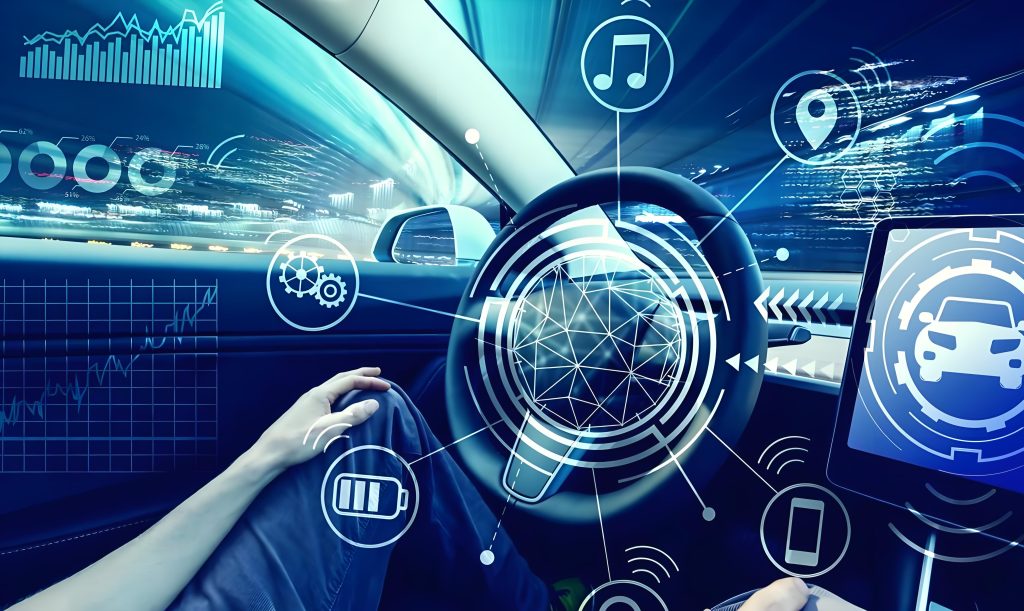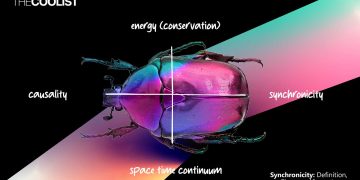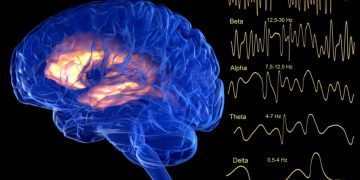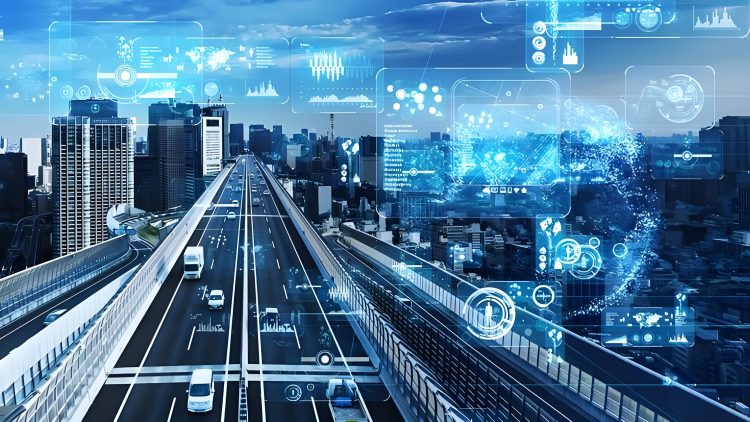In the grand narrative of technological advancement, few breakthroughs hold as much promise and intrigue as the fusion of artificial intelligence (AI) with automotive technology, leading to the dawn of autonomous driving. This revolutionary paradigm shift is not just about cars driving themselves; it’s about transforming the very fabric of our transportation systems, enhancing safety, efficiency, and connectivity on a global scale.

The Power of AI at the Wheel
At the heart of autonomous driving lies the intricate interplay of advanced sensors, powerful processors, and sophisticated AI algorithms. These systems are designed to perceive their surroundings, make decisions, and execute maneuvers with a level of precision and speed that surpasses human capabilities. From LIDAR sensors that create 3D maps of the environment to radar and cameras that track objects in real-time, autonomous vehicles are equipped with a sensory suite that paints a comprehensive picture of the world around them.
But it’s the AI that truly brings these pieces together. By analyzing vast amounts of data from these sensors, AI algorithms can identify patterns, predict behaviors, and make instantaneous decisions that optimize safety and performance. Whether it’s navigating complex intersections, avoiding obstacles, or adapting to changing weather conditions, autonomous vehicles rely on AI to navigate the complexities of the road.
A Safer, More Efficient Future
One of the most compelling arguments for autonomous driving is its potential to significantly reduce road accidents and fatalities. Human error, a leading cause of traffic incidents, is eliminated when AI takes the wheel. With its ability to react faster, process more information, and adhere strictly to safety protocols, autonomous driving technology promises to make our roads safer for everyone.
Moreover, autonomous vehicles have the potential to revolutionize traffic flow and reduce congestion. By communicating with each other and with infrastructure, these vehicles can optimize routing, reduce idle time, and even coordinate lane changes, resulting in smoother, more efficient travel. This, in turn, can lead to reduced emissions, improved air quality, and a more sustainable transportation system.
Beyond the Car: A Connected Ecosystem
The advent of autonomous driving also heralds the emergence of a connected ecosystem that extends far beyond the vehicle itself. As autonomous vehicles become more prevalent, they will be integrated into a broader network of smart cities, shared mobility services, and integrated transportation systems. This interconnectedness will enable seamless travel experiences, with users able to summon a ride at a moment’s notice, plan multi-modal journeys with ease, and access real-time information on traffic, parking, and other relevant services.
Embracing the Future of Transportation
The future of transportation is inextricably linked to the development of autonomous driving technology powered by AI. As this technology continues to mature and gain wider adoption, it will reshape our cities, transform our commutes, and enhance our overall quality of life. The potential benefits are vast and far-reaching, from improved safety and efficiency to reduced emissions and enhanced connectivity.
As we stand on the cusp of this exciting new era, it’s clear that autonomous driving represents not just a technological advancement but a fundamental shift in how we think about and experience transportation. Embracing this future now will pave the way for a safer, more efficient, and interconnected world on the move.















































Discussion about this post